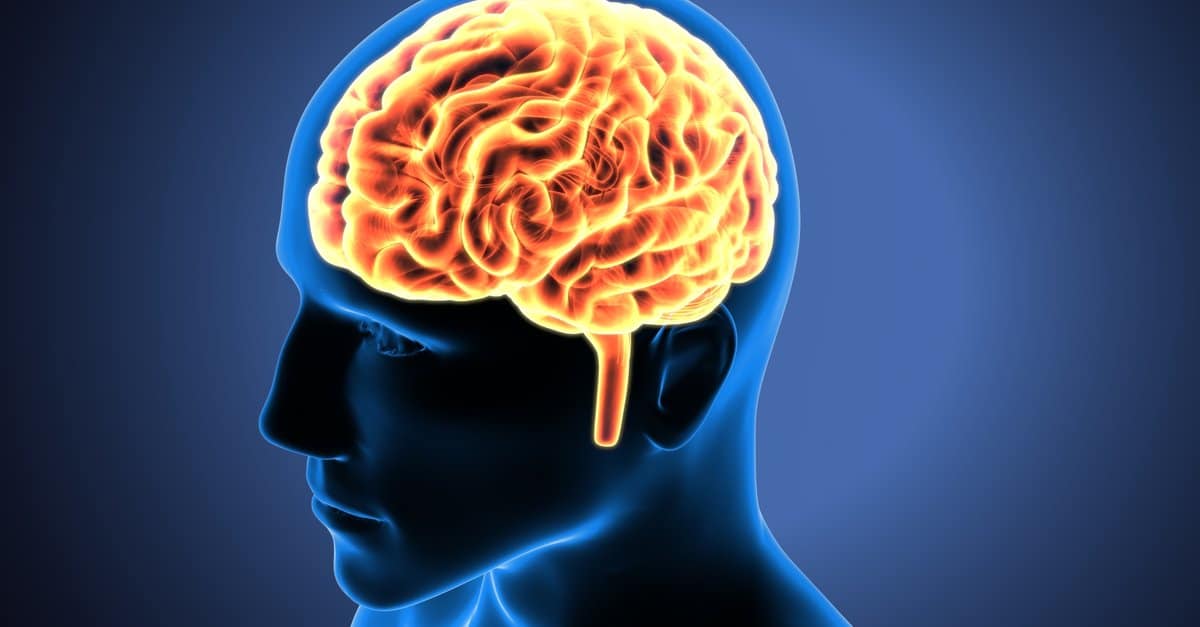Anorexia and bulimia are two of the most commonly discussed eating disorders, but many people don’t realize just how different they really are. While both of these conditions can have severe psychological, physical, and emotional consequences, they are distinct from one another. In this blog post, we will be exploring the differences between anorexia and bulimia, including the symptoms, causes, and treatments associated with each condition.

Anorexia nervosa is an eating disorder that is characterized by self-starvation and excessive weight loss.
Anorexia nervosa is a mental disorder that involves the extreme restriction of food intake, leading to dangerously low body weight and an obsessive fear of gaining weight. People with anorexia may limit the amount of food they eat, exercise excessively, and/or use other methods such as vomiting or laxatives to purge the food they have eaten. This can lead to severe health problems such as electrolyte imbalance, heart problems, and in some cases, death.
Bulimia nervosa is another eating disorder that is characterized by binge eating followed by purging.:
Bulimia nervosa is a mental disorder characterized by recurring episodes of overeating or binge eating, followed by compensatory behaviors such as self-induced vomiting or excessive exercise. Bulimia is associated with feelings of guilt and shame and can also cause physical health problems, including stomach pain, acid reflux, dehydration, and electrolyte imbalance.

Bulimia nervosa is an eating disorder that is characterized by binge eating followed by purging.
Bulimia nervosa is an eating disorder in which an individual engages in episodes of binge eating followed by some form of compensatory behavior, such as purging, to avoid gaining weight. This cycle of binging and purging can occur multiple times a day or week and leads to psychological distress, health complications, and social impairment. It is often associated with low self-esteem and body image issues and is closely related to anorexia nervosa, another serious eating disorder characterized by self-starvation and excessive weight loss. If you or someone you know is struggling with what is bulimia or anorexia, it is important to seek help from a mental health professional.

Both disorders are serious mental illnesses with potentially life-threatening consequences.
Anorexia nervosa and bulimia nervosa are two of the most common eating disorders. Anorexia is characterized by a fear of weight gain, extreme dieting and unhealthy weight loss, while bulimia is marked by binge eating followed by purging. People with anorexia tend to have a distorted body image and become obsessed with food and their weight. Those with bulimia may feel guilty or ashamed about their eating habits, but still, feel unable to control them.
While these disorders can be difficult to identify, they can have serious and even life-threatening consequences if left untreated. People with anorexia can suffer from extreme malnutrition, heart problems, bone loss, infertility, and other health issues. Bulimia can cause severe dehydration, damage to the digestive system, irregular heartbeat, and tooth decay. Both disorders can also lead to depression, anxiety, and low self-esteem.

Treatment for both disorders typically includes a combination of psychotherapy, medication, and nutrition counseling.
When it comes to what is bulimia and anorexia, treatment typically includes a combination of psychotherapy, medication, and nutrition counseling. Psychotherapy can help patients understand their triggers for the disorder, learn how to control and manage stressors, and explore alternative ways of dealing with emotions. Medication may be prescribed to help manage depression, anxiety, and/or obsessive-compulsive symptoms that can accompany eating disorders. Nutrition counseling is important in helping patients develop healthy eating habits and address any issues related to diet or nutrition.











